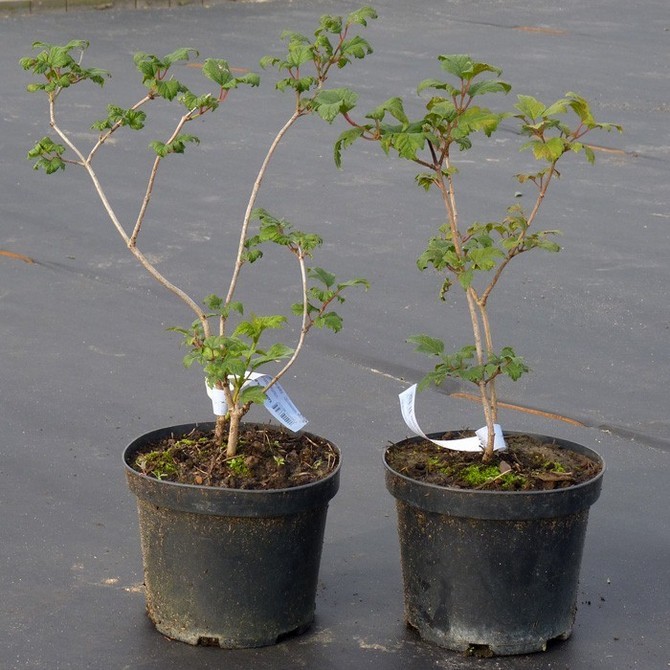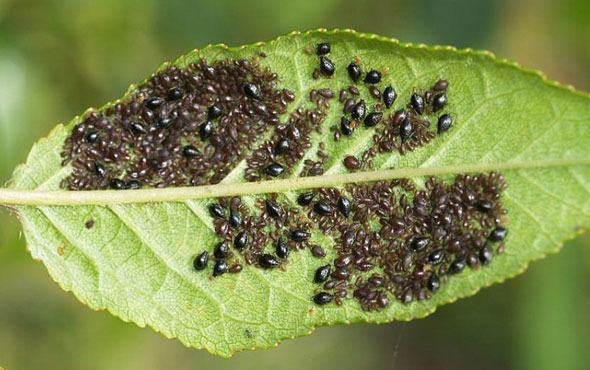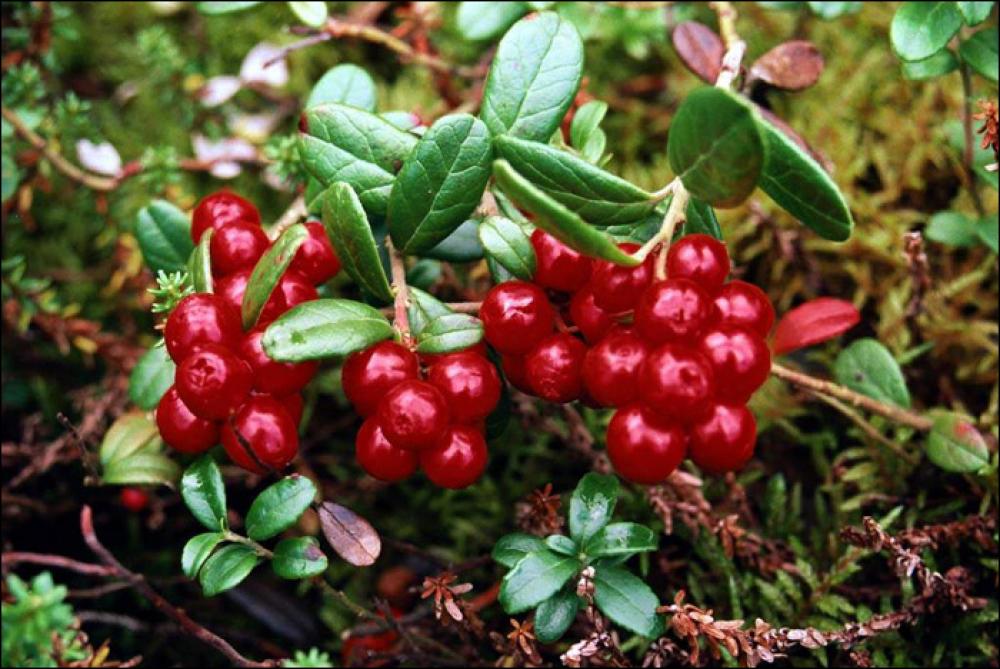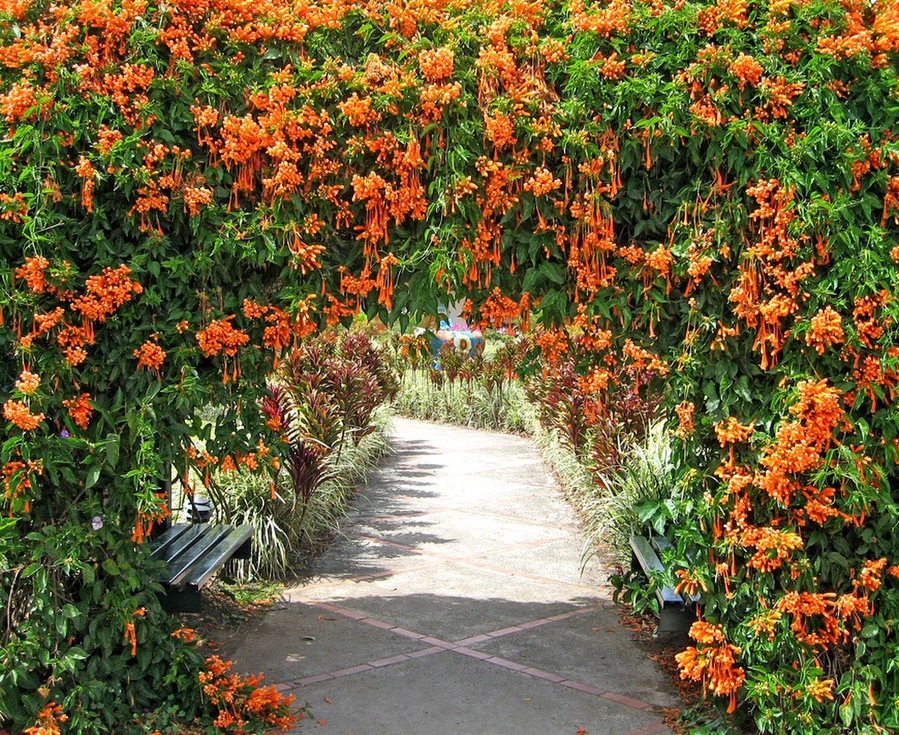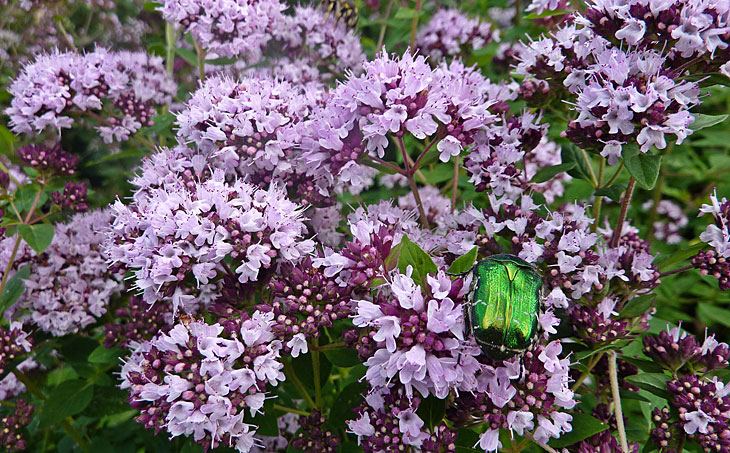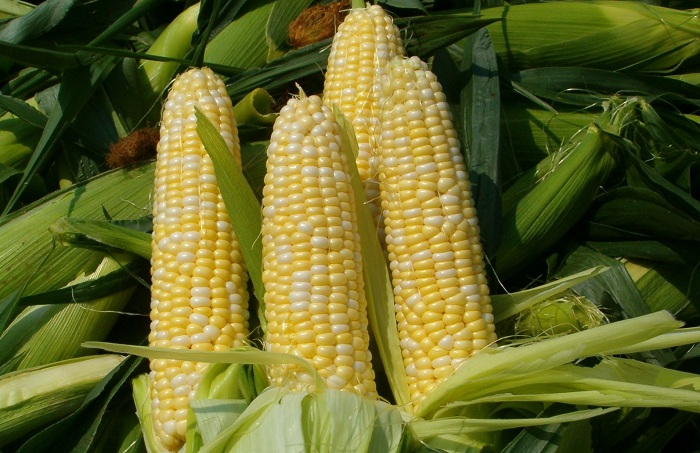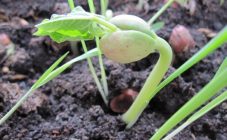Content:
According to many, one of the most beautiful shrubs is Buldenezh viburnum. This type of viburnum is a decoration of personal plots. The Russian bush got its sonorous French nickname Buldenezh for the similarity of large white inflorescences with snowballs (snowball - boule de neige, French).
Buldenezh does not lose its attractiveness even after the end of flowering. The decorativeness of the shrub is given by its carved leaves and the rounded shape of the bush. During the vegetative period, the shoots grow by 25-40 cm.During the life of the viburnum, it can grow up to 2.2-3.7 m.
The ornamental bush owes its popularity not only to long flowering, but also to ease of care, endurance. Buldenezh feels great in areas with an unfavorable cold climate. This plant is successfully grown by gardeners of the Urals and Siberia.
Seat selection and landing
Kalina Buldenezh is an unpretentious plant. However, the choice of the place where the decorative viburnum will grow must be approached responsibly. The snow bush prefers shady areas with loose, fertile soil. The plant will suffer greatly if planted in an open area. Delicate foliage literally burns out in bright sunlight. Deep shadow negatively affects the formation of inflorescences, and the flowering will be short-lived.
Planting seedlings is best done in spring. The viburnum root system develops rapidly, forming many lateral roots. Therefore, it is necessary to prepare a landing pit with a depth of 0.5-0.6 m and a diameter of 0.6-0.7 m.
Kalina does not tolerate even short-term stagnation of water. Therefore, you need to take care of good drainage. To do this, small crushed stone, expanded clay and pieces of tree bark are laid at the bottom of the pit. The top is filled with a mixture of compost or humus (30-40 kg), wood ash (150-200 g) and nitrophoska (100-120 g). It will be good if you add 0.5-0.7 kg of peat and coarse white sand to the soil.
The seedling should be deepened so that the root collar is at a depth of 4-5 cm from the soil surface. The plant will take root better if immediately after planting it is watered and sprinkled with mulch (peat, humus) around the trunk circle. In addition, all shoots of young viburnum should be shortened by a third.
Reproduction
Bulldonezhskaya viburnum can be propagated in any period of active growing season. The following breeding methods are distinguished:
- grafting;
- dividing the bush;
- reproduction by layering.
Harvesting cuttings and growing seedlings
After the bush stops blooming, cuttings can be started. For these purposes, select several young healthy shoots and cut them into pieces 12-20 cm long. Cut the blanks at an angle of 45 °. Each piece should have at least 3-5 dormant buds.
To grow a seedling from a workpiece, it is enough to plant the cutting in well-fertilized soil. A bed with young plantings is covered with a film. Thus, they create a greenhouse effect. In conditions of high temperature and humidity, the plants develop well and grow for several months. As soon as the seedlings get stronger, the film must be removed so that by autumn they are hardened and ready for transplantation to a permanent place.
You can use another method of growing cuttings.From one end of the blanks, the skin is removed to the first node and immersed in water. After a few days, adventitious roots are formed on young shoots. Each stalk must be planted in a separate container. The soil mixture should consist of fertile soil and sand in a 1: 1 ratio. Before planting the cuttings, the mixture must be well moistened. Pots with viburnum seedlings should be stored in a dark room, at a temperature of + 14 + 15 ° C.
Reproduction by layering and division
Often, decorative viburnum is propagated by layering. For this, the branches of the bush are bent to the soil, fixed with hairpins in the internodes and covered with earth. In this case, the apical part of the shoot remains open. In order for the adventitious roots to develop faster, the bark between the buds is cut to wood. Throughout the summer, the layers must be watered and loosened abundantly. In autumn, young shoots are separated from the adult plant and transplanted.
Autumn is the best time for propagation of viburnum by dividing the bush. To do this, it is enough to separate a well-developed stem from the plant. The root shoot together with the root is carefully transplanted into a prepared planting pit.
Features of caring for a shrub
The lush beauty-viburnum with snowy flowers cannot be called a capricious plant. Buldenezh tolerates winter frosts well. Even if the above-ground shoots freeze, the bush will quickly recover in the spring, but this should not be allowed. In order to help the plant overwinter, you need to thoroughly water the ground in the near-trunk circles in the fall, just before the onset of frost. You can save the plant from freezing by mulching with compost.
In order for the flowering period to last longer, and the inflorescences to be large and lush, the viburnum should be fed with complex fertilizers.
Spring is the time of the first feeding with nitrogen fertilizers or rotted mullein. To increase the efficiency of fertilizers, it is necessary to make holes 23-35 cm deep in the soil over the entire area of the trunk circle. Distribute the entire fertilizer rate over the holes. Line the pits with a hoe and water the near-trunk circle abundantly.
It is possible to stimulate the abundant flowering of Buldenezh if you spray the bush with a boron-based microfertilizer.
With proper care, there are so many snow-white inflorescences that viburnum branches do not stand up and break under their weight. That is why young shoots of the plant are best tied to supports.
Bush formation
Ornamental shrubs need annual pruning. In early spring, before flowering, damaged, weak and dried branches directed to the center of the bush should be removed. The formation of the bush continues at the end of the flowering period. An adult plant should have no more than 6-8 skeletal branches. Therefore, the central part of the shrub is cut out, and the side shoots are shortened.
In order for Buldenezh to get stronger to frost, it must be cut at the end of August.
The Buldenezh bush is a common sight. Not many people know that, if desired, a standard tree can be formed from a decorative bush. To do this, at the first pruning, you need to remove all shoots. Leave only one growing straight up. It is important that the vertical stem stretches up to 1.7-2.1 m. Then the apical bud is pinched, thereby stimulating the active formation of lateral shoots. The formation of the crown consists in the timely pinching of the branches. It is necessary to trim shoots as soon as they reach 0.3-0.4 m.
To preserve a beautiful snowy tree, you need to regularly cut the root growth.It is advisable to thin out the crown in spring every 2-3 years.
Pest and disease control
Buldonezhskaya viburnum is a plant resistant to many types of horticultural crops. However, untimely pruning of the plant can lead to the reproduction of dangerous insects.
Aphids are the most dangerous pest for snow bushes. Aphid colonies settle on Buldenezh bushes and feed on leaf sap. You can fight the infection with a proven folk remedy - a 75 percent solution of laundry soap. It contains caproic acid capable of destroying 85-90% of the colony.
To obtain a solution of a given concentration, a bar of soap is rubbed on a grater. The shavings are poured into 2 liters of warm water and stirred until the soap is completely dissolved. Add 7-8 liters of cold water and settle the solution until transparent.
If the defeat of aphids is strong, then Buldenezh can be treated with Agravertin, Inta-Vir. Spraying should be done only in calm weather, observing all safety precautions.
A great danger to viburnum is the viburnum leaf beetle. In a dry hot summer, the pest begins to actively reproduce and eats away the foliage and young shoots of the plant. Therefore Buldenezh needs insecticide treatment. Moreover, the first spraying should be carried out before the larvae appear (mid-May). The purpose of processing in August is the destruction of adult beetles. Experienced gardeners recommend Karbofos and Fufanon preparations to combat the leaf beetle.
Powdery mildew is a dangerous fungal infection that affects most cultivated plants. Including viburnum Buldenezh suffers from it. This disease can be defeated by spraying the bush with a solution of soda ash and soap. At the end of active flowering, the plant must be sprayed 3 times with an interval of one week.
Additional Information
- Will there be berries?
Unfortunately, you won't be able to taste the fruits of the viburnum Buldenezh. The flowers of this plant are sterile. Therefore, ovaries cannot form.
- Single landings or compositions?
Kalina Buldenezh is a versatile ornamental plant. The shrub looks great in single plantings. Due to its high resistance to air pollution from exhaust gases, viburnum is used to create hedges. Garden paths and recreation areas are planted with it.
The snowy beauty goes well with other flowering shrubs: lilac, mock orange and hydrangea. Viburnum feels great and develops rapidly in the vicinity of plantings of barberry, hawthorn and mountain ash.
Viburnum Buldenezh can become a real decoration of any garden. Planting and care in the open field does not require much effort and time from summer residents. In the description of varietal advantages, it is said that Snowball viburnum lives for 50-60 years. How many of them a bush will bloom depends on the patience and efforts of the gardener. Just a little care and attention, and a beautiful ornamental bush will delight the surrounding inflorescences with huge white snowballs for many years.

